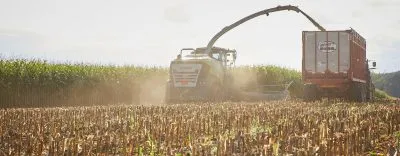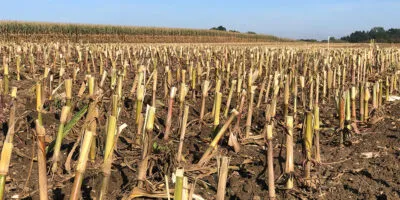How to create premium inoculants like BONSILAGE
The application of silage inoculants requires a lot of research as well as official approvals in advance. A wide variety of lactic acid bacteria (LAB) strains are being tested in order to explore new effects and uncover synergies.
The whole silage inoculant development research is done in-house. Our affiliated plant LACTOSAN holds a broad collection of LAB strains. Together with our research facility, they are selecting the optimal strains for various crop types or dry matter ranges. The collaboration with external laboratories and research institutions help to maintain highest quality standards and the silage additive’s effectiveness.
Other important factors of the silage inoculant development are tested in small-scale trials at our research department, also contribute to the correct use of the silage additives, such as:
- the opening times of the piles
- different strain combinations ot
- the chopping lengths of the respective cuts.



